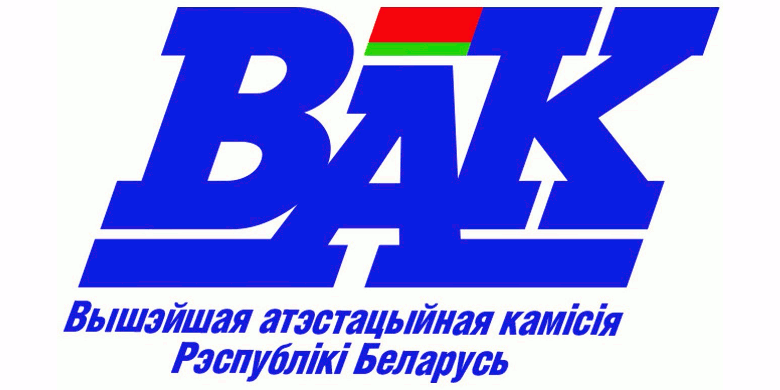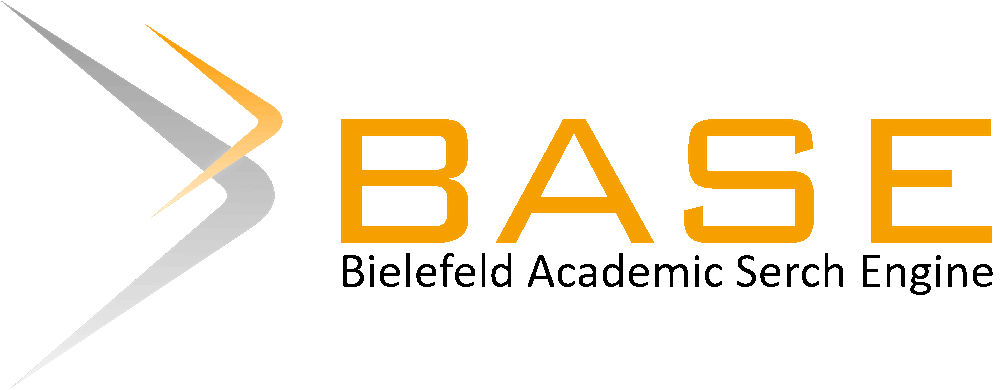Fish breeding and technological assessment of recirculating aquaculture system and ways to increase their resource efficiency
Keywords:
clarium catfish, recirculating aquaculture system, resource efficiency, flotator, biological treatment, pH-correction, gain, feed costsAbstract
The article gives an assessment of the main technological equipment used in recirculating aquaculture system, describes its main technological shortcomings, suggests a technological scheme and a physical model is tested using it to minimize their impact and increase the efficiency of the installation. Thus, the use of an electrolysis reagentless pH corrector makes it possible to increase the efficiency of the biological filtration system, as evidenced by a decrease in the concentration of ammonia-ammonium by 3.13 times and increase the average daily increase by 29.8%.
References
Food and Agriculture Organization of the United Nations [Электронный ресурс]. – Режим доступа: http://www.fao.org – Дата доступа: 04.05.2022.
Агеец, В. Ю. Экологические проблемы рыбоводства в Республике Беларусь / В. Ю. Агеец // Вести национальной академии наук Беларуси. Сер. Аграрных наук. – 2015. – № 2. – С. 95–101.
Александрова, У. С. Выращивание нетрадиционных объектов аквакультуры в условиях установок с замкнутым водоиспользованием / У. С. Александрова, А. В. Ковалев, К. Д Матишов // Наука Юга России. – 2018. – № 14. – С. 74–81.
Проскуренко, И. В. Замкнутые рыбоводные установки / И. В. Проскуренко. – М.: Изд-во ВНИРО, 2003. – 152 с.
Аквавитро [Электронный ресурс]. – Режим доступа: http://aquaviro.org. – Дата доступа: 04.05.2022.
Григорьев, С.С. Индустриальное рыбоводство / С.С. Григорьев – М.: Знамя, 2008. – 186 с.
Жигин, А. В. Замкнутые системы в аквакультуре / А. В. Жигин – М.: РГАУ-МСХА им. К.А. Тимирязева, 2011. – 664 с.
Фиш-агро: Флотатор и процесс флотации [Электронный ресурс]. – Режим доступа: https://fish-agro.ru/uzv-main/flotator/. – Дата доступа: 04.05.2022.
Жигин, А. В. Технико-экономические аспекты использования замкнутых систем в рыбоводных хозяйствах / А. В. Жигин, Н. В. Мовсесова // Рыбоводство и рыбное хозяйство. – 2014. – № 8. – С. 47–57.
Ковригин, А. В. Автоматизированная технология производства экологически чистой продкуции растениеводства и аквакультуры в контролируемых условиях помещений / А. В. Ковригин // Инновации в АПК: проблемы и перспективы. – 2016. – № 4 (12). – С. 124–129.
Никифоров, А.И. Сом Clarias gariepinus — строение тела и морфологические особенности мускулатуры / А. И. Никифоров, А. В. Маилкова // Вопросы рыбного хозяйства Беларуси. – 2008. – № 24. – С. 170–173.
Пономарёв, С. В. Индустриальное рыбоводство: учеб. / С. В. Пономарёв, Ю. Н. Грозеску, А. А. Бахарева. – Изд. 2-е. исп. и доп. – СПб: Лань, 2013. – 416 с.
Ярмош, В. В. Клариевый сом – перспективный объект индустриального рыбоводства: монография / В. В. Ярмош [и др.] // – Пинск: ПолесГУ, 2020. – 202 с.
References
Food and Agriculture Organization of the United Nations [Electronic resource]. – Access mode: http://www.fao.org – Access Date: 04.05.2022.
Ageyets, V.Yu. Ekologicheskiye problemy rybovodstva v Respublike Belarus' [Ecological problems of fish farming in the Republic of Belarus]. Vesti natsional'noy akademii nauk Belarusi. Ser. Agrarnykh nauk [News of the National Academy of Sciences of Belarus. Series of Agricultural Sciences], 2015, no 2, pp. 95–101 (In Russian)
Aleksandrova U.S., Kovalev A.V., Matishov K.D. Vyrashchivaniye netraditsionnykh ob"yektov akvakul'tury v usloviyakh ustanovok s zamknutym vodoispol'zovaniyem [Cultivation of non-traditional aquaculture objects in the conditions of installations with closed water use]. Nauka Yuga Rossii [Science of the South of Russia], 2018, no. 14, pp. 74–81 (In Russian)
Proskurenko, I. V. Zamknutye rybovodnye ustanovki [Closed fish hatcheries]. Izdatelstvo VNIRO [VNIRO publishing house], 2003. – 152 pp. (In Russian)
Aquavitro [Electronic resource]. – Access mode: http://aquaviro.org. – Access Date: 04.05.2022.
Grigoryev, S.S. Industrialnoe rybovodstvo [Industrial fish farming]. Znamia [Banner], 2008. – 186 p. (In Russian)
Zhigin A.V. Zamknutye sistemy v akvakulture [Closed systems in aquaculture]. RGAU-MSKhA im. K.A. Timiriazeva [K.A. Timiryazev Russian State Agrarian Academy of Agriculture], 2011. – pp. 664 (In Russian)
Fish-agro: Flotator and flotation process [Electronic resource]. – Access mode: https://fish-agro.ru/uzv-main/flotator/. – Access Date: 04.05.2022.
Zhigin A.V., Movsesova N.V. Tekhniko-ekonomicheskiye aspekty ispol'zovaniya zamknutykh sistem v rybovodnykh khozyaystvakh [Technical and economic aspects of the use of closed systems in fish farms]. Rybovodstvo i rybnoye khozyaystvo [Fish farming and fish farming], 2014, no. 8, pp. 47–57 (In Russian)
Kovrigin A.V. Avtomatizirovannaya tekhnologiya proizvodstva ekologicheski chistoy prodkutsii rasteniyevodstva i akvakul'tury v kontroliruyemykh usloviyakh pomeshcheniy [Automated technology for the production of environmentally friendly crop and aquaculture products under controlled indoor conditions]. Innovatsii v APK: problemy i perspektivy [Innovations in the agro-industrial complex: problems and prospects], 2016, no. 4 (12), pp. 124–129 (In Russian)
Nikiforov A.I., Mailkova A.V. Som Clarias gariepinus – stroyeniye tela i morfologicheskiye osobennosti muskulatury [Catfish Clarias gariepinus - body structure and morphological features of muscles] Voprosy rybnogo khozyaystva Belarusi [Issues of fish industry in Belarus], 2008, no. 24, pp. 170–173 (In Russian)
Ponomarov S.V. Industrial'noye rybovodstvo: uchebnik [Industrial fish farming: textbook]. Saint Petersburg, Lan Publ., 2013, 416 p. (In Russian)
Yarmosh V.V. Klariyevyy som – perspektivnyy ob"yekt industrial'nogo rybovodstva: monografiya [Clary catfish - a promising object of industrial fish farming: monograph], Pinsk, PolesGU Publ., 2020, 202 p. (In Russian)













